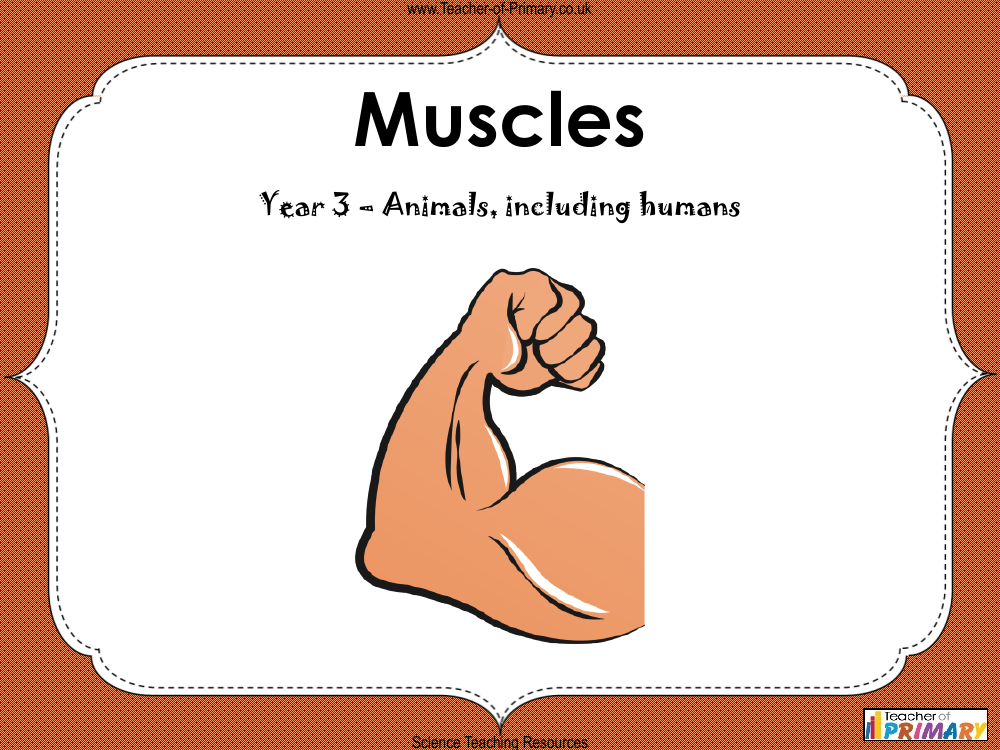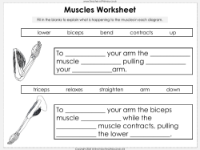Muscles - PowerPoint

Science Resource Description
Year 3 students exploring the topic of 'Animals, including humans' delve into the fascinating world of muscles, an essential component of movement in animals. Muscles, which number over 600 in the human body, are responsible for a range of functions from pumping blood to lifting heavy objects. Some muscles operate under our conscious control, while others, known as involuntary muscles, function autonomously. Students are introduced to the three types of muscles found in the human body: skeletal, smooth, and cardiac, each playing a unique role in our physiology.
Skeletal muscles, composed of stretchy tissue, are attached to bones and facilitate movement and strength. Smooth muscles, often referred to as involuntary muscles, are found in organs like the stomach and work without our conscious input to move food through the body. Cardiac muscles, located in the heart, also function independently to pump blood throughout the body. The lesson includes interactive elements, such as a video about muscle types and an activity where students can feel their own muscles contracting and relaxing. In addition to understanding muscle function, students learn about the major skeletal muscles in the body, including the gluteus maximus, deltoid, rectus abdominis, pectorals, quadriceps, biceps, and triceps, and engage with worksheets to reinforce their learning.

